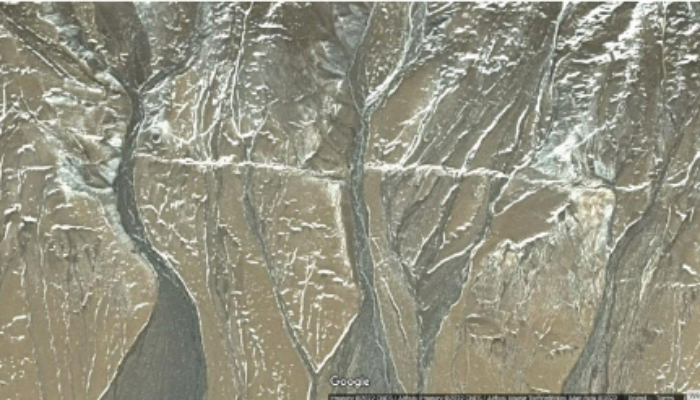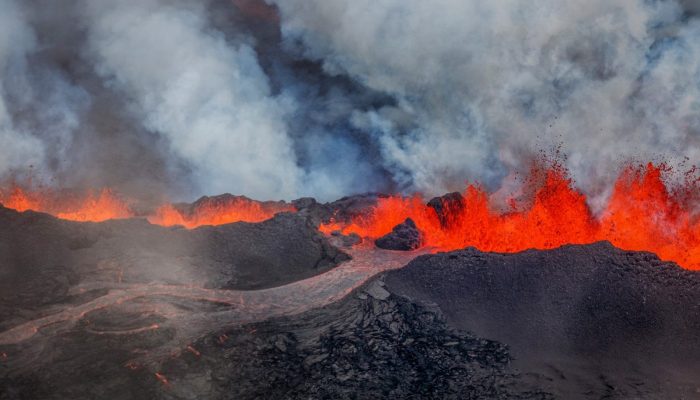This guest post was contributed by Afroz Shah who is an Assistant Professor of Structural Geology at the Department of Geosciences, Universiti of Brunei Darussalam (UBD). He has completed Ph.D at James Cook University, Australia in 2010, post-doctorate at Earth Observatory of Singapore in 2013 and joined the first academic job as a Senior Lecture of Structural Geology at Curtin Sarawak, Miri, Mala ...[Read More]
Features from the Field: S-C fabrics
As we have seen in previous Features from the field posts, structural fabrics are both informative and spectacular. But many structural geologists will list a shear zone fabric, such as mylonite, as their favourite! As Samuele, Hannah and I wrote in a previous post, shear zones are regions of intense deformation where rocks have accommodated an extremely high amount of strain and that strain has b ...[Read More]
TS Must-Read – Lister and Snoke (1984) S-C Mylonites
Following the impact of the global plate kinematics revolution, researchers in the 70s and 80s made significant efforts to compare records of deformed rocks in outcrops to large-scale deformation and kinematics. By publishing “S-C Mylonites” 1984, Gordon A. Lister and Arthur W. Snoke gave a step forward for the TS community. The paper contributed to transitioning from a strain-dominated framework ...[Read More]
Minds over Methods: studying dike propagation in the lab
Have you ever thought of using gelatin in the lab to simulate the brittle-elastic properties of the Earth’s crust? Stefano Urbani, PhD student at the university Roma Tre (Italy), uses it for his analogue experiments, in which he studies the controlling factors on dike propagation in the Earth’s crust. Although we share this topic with our sister division ‘Geochemistry, Mineralogy ...[Read More]




